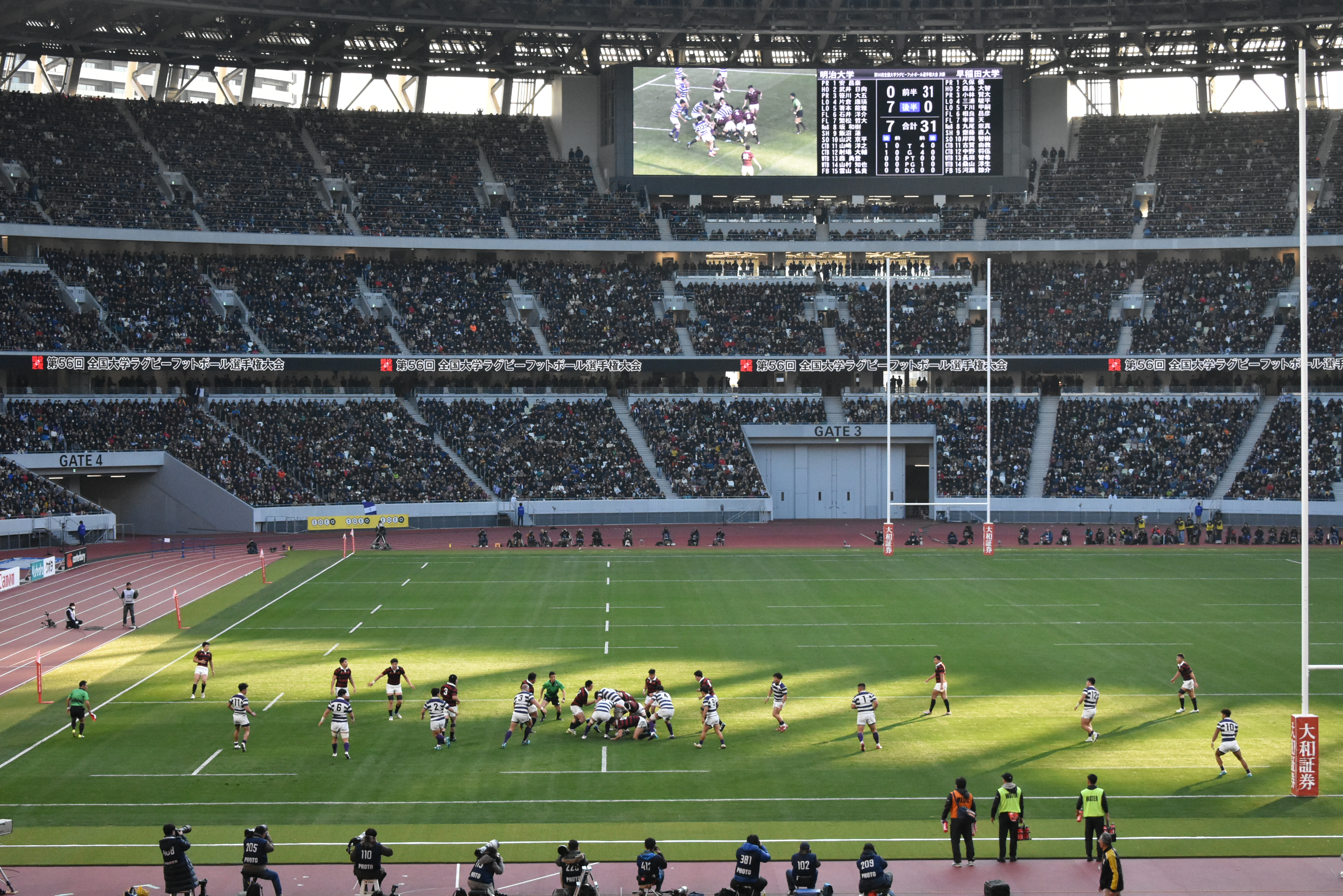|
Athletics At The 1964 Summer Olympics – Men's 200 Metres
The men's 200 metres was the second-shortest of the men's track races in the Athletics at the 1964 Summer Olympics program in Tokyo. 63 athletes from 48 nations entered, with 6 not starting in the first round. The maximum number of athletes per nation had been set at 3 since the 1930 Olympic Congress. The first two rounds were held on 16 October, with the semifinals and the final on 17 October. The event was won by Henry Carr of the United States, the nation's 11th victory in the event. Fellow American Paul Drayton took silver; it was the fifth time in six Games that the United States had the top two finishers. Edwin Roberts gave Trinidad and Tobago its first medal in the men's 200 metres with his bronze. Background This was the 14th appearance of the event, which was not held at the first Olympics in 1896 but has been on the program ever since. Two of the six finalists from the 1960 Games returned: gold medalist Livio Berruti of Italy and fourth-place finisher Marian Foik o ... [...More Info...] [...Related Items...] OR: [Wikipedia] [Google] [Baidu] |
Olympic Stadium (Tokyo)
The Japan National Stadium, officially named and formerly known as or , is a multi-purpose stadium used mostly for association football in Kasumigaokamachi, Kasumigaoka, Shinjuku, Tokyo, Japan. The facility served as the main stadium for the opening and closing ceremonies, as well as the venue for track and field athletics events at the 2020 Summer Olympics and 2020 Summer Paralympics in 2021. Demolition of the National Stadium (Tokyo, 1958), old National Stadium was completed in May 2015, allowing for the construction of the new stadium to begin on 11 December 2016. The original plans for the new stadium were scrapped in July 2015 by Prime Minister of Japan, Japanese prime minister Shinzo Abe, who announced a rebid after a public outcry prompted by increased building costs. As a result, the new design was not ready for the 2019 Rugby World Cup, as originally intended. A new design created by architect Kengo Kuma was chosen in December 2015 to replace the original design, ... [...More Info...] [...Related Items...] OR: [Wikipedia] [Google] [Baidu] |
